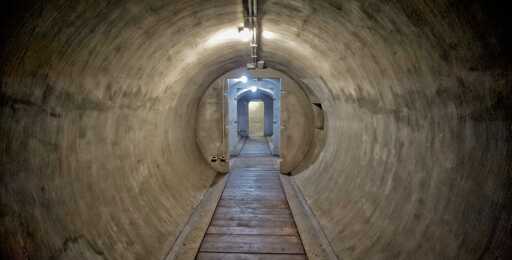Previously, a yield strength of 5,000 pounds per square inch (psi) was enough for concrete to be rated as “high strength,” with the best going up to 10,000 psi. The new UHPC can withstand 40,000 psi or more.
The greater strength is achieved by turning concrete into a composite material with the addition of steel or other fibers. These fibers hold the concrete together and prevent cracks from spreading throughout it, negating the brittleness. “Instead of getting a few large cracks in a concrete panel, you get lots of smaller cracks,” says Barnett. “The fibers give it more fracture energy.”



Why? The kinds of UHPC being discussed in the article weren’t available even in the United States until the year 2000 but most of Iran’s nuclear facilities were built between 1974 and 2005. Even their primary enrichment facility in Fordow, which was struck with MOPs, was started no earlier than the mid-2000s as it was still unfinished in 2009.
Basically the majority of Iran’s facilities, even their major ones, are too old to have the kind of concrete being discussed in the article.